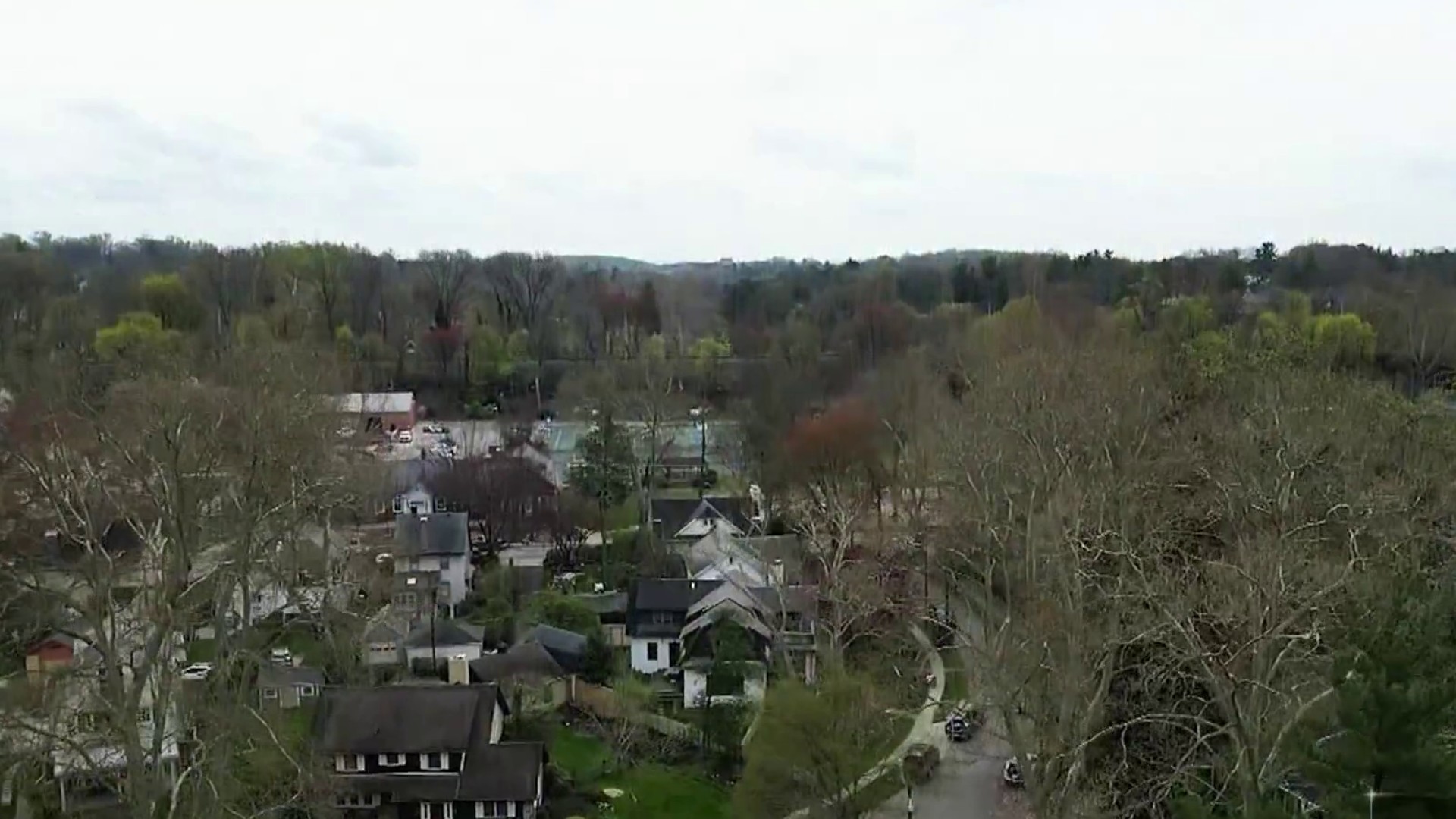A magnificent rarity appeared at The Academy of Natural Science’s Butterflies! exhibit.
“I thought: ‘Somebody’s fooling with me. It’s just too perfect,’” said Chris Johnson, a volunteer at the museum. “Then I got goose bumps.”
Johnson found a beautiful specimen with the characteristics of both male and female butterflies. Each wing had different markings, splitting the butterfly in half with different genetic characteristics.
Johnson informed his supervisor, David Schloss, who promptly called a lepidopterist to confirm his suspicions.
Jason Weintraub, who specializes in butterfly collections, knew immediately that the insect needed to be collected and euthanized for research before being potentially injured or killed in the exhibit.
The butterfly had a condition called bilateral gynandromorphy, a genetic condition that primarily affects birds and butterflies.
“It can result from non-disjunction of sex chromosomes, an error that sometimes occurs during the division of chromosomes at a very early stage of development,” Weintraub said.
Local
Breaking news and the stories that matter to your neighborhood.
The "brush-footed" butterfly, Lexias paradalis, does not yet have a colloquial name. It is often found in Southeast Asia, according to museum officials.
The nameless butterfly originated in a farm in Malaysia before it was sent to the local exhibit.
“In most cases, such specimens are ‘discovered’ in museum collections by a researcher who is carefully examining reproductive organs of insects under the microscope and stumbles across a specimen with both male and female characteristics,” Weintraub said.
The miracle butterfly will be displayed at the Academy of Natural Science from Jan. 17 to Feb. 16.



